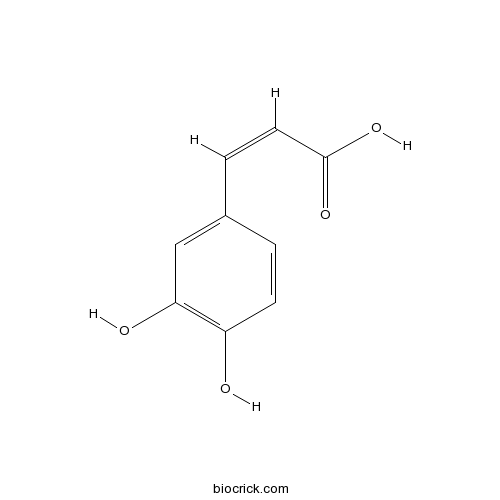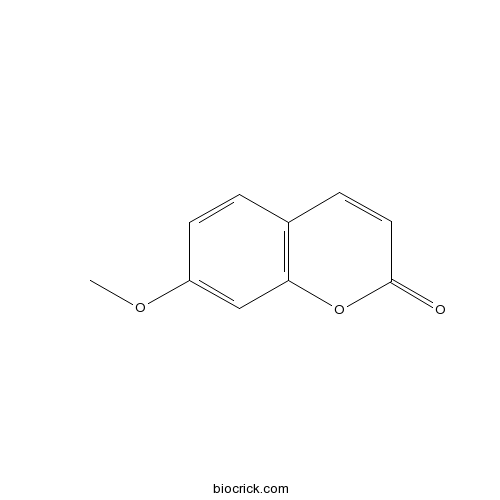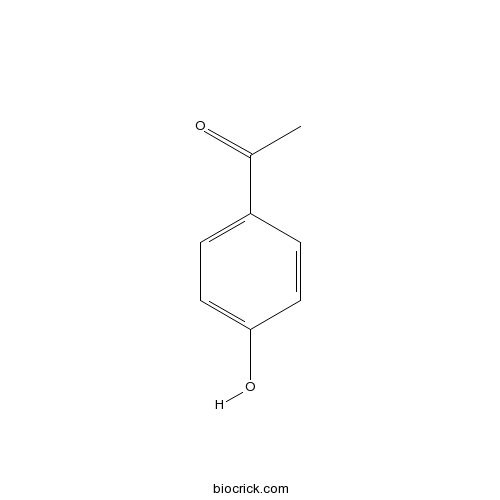Artemisia capillaris
Artemisia capillaris
1. The products in our compound library are selected from thousands of unique natural products; 2. It has the characteristics of diverse structure, diverse sources and wide coverage of activities; 3. Provide information on the activity of products from major journals, patents and research reports around the world, providing theoretical direction and research basis for further research and screening; 4. Free combination according to the type, source, target and disease of natural product; 5. The compound powder is placed in a covered tube and then discharged into a 10 x 10 cryostat; 6. Transport in ice pack or dry ice pack. Please store it at -20 °C as soon as possible after receiving the product, and use it as soon as possible after opening.
Natural products/compounds from Artemisia capillaris
- Cat.No. Product Name CAS Number COA
-
BCN6088
Scoparone120-08-1
Instructions

-
BCN5979
Caffeic acid331-39-5
Instructions

-
BCN5616
Oleanolic acid508-02-1
Instructions

-
BCN2707
7-Methoxycoumarin531-59-9
Instructions

-
BCN4544
4'-Hydroxyacetophenone99-93-4
Instructions

Leucodin attenuates inflammatory response in macrophages and lipid accumulation in steatotic hepatocytes via P2x7 receptor pathway: A potential role in alcoholic liver disease.[Pubmed: 30099341]
The current study was aimed to reveal that leucodin, a sesquiterpene lactone from Artemisia capillaris could inhibit the inflammatory response in macrophages and the lipid accumulation in hepatocytes via P2x7R-NLRP3 inflammasome activation. Several types of macrophages including mouse peritoneal macrophages, mouse bone marrow-derived macrophages and human macrophages THP-1 cells were pretreated with different concentrations of leucodin for 1 h and then stimulated with LPS and ATP. LPS plus ATP initiated IL-1β cleavage and release in mouse peritoneal macrophages and peaked at 4 h. Leucodin did not show significant toxicity within 200 μM and effectively inhibited pro-IL-1β cleavage and release of mature-IL-1β in macrophages. Also, P2x7R antagonist and caspase-1 inhibitor also decreased IL-1β release and cleavage. Additionally, leucodin suppressed P2x7R, TLR4 and NLRP3 expression in LPS/ATP-stimulated macrophages. HepG2 cells were pretreated with different concentrations of leucodin for 1 h and then exposed to ethanol for 24 h. Leucodin suppressed lipid accumulation and enhanced phosphorylation of AMP-activated protein kinase (AMPK) and acetyl-CoA carboxylase (ACC) in HepG2 cells exposed to ethanol. In addition, leucodin inhibited the expression of sterol regulatory element binding protein-1 (SREBP1) and ACC in ethanol-treated HepG2 cells. Leucodin possessed the capacity for inhibiting inflammatory response in macrophages and suppressing lipid accumulation in hepatocytes, suggesting a promising therapeutic potential targeting inflammation and lipid metabolism in alcoholic liver disease.


